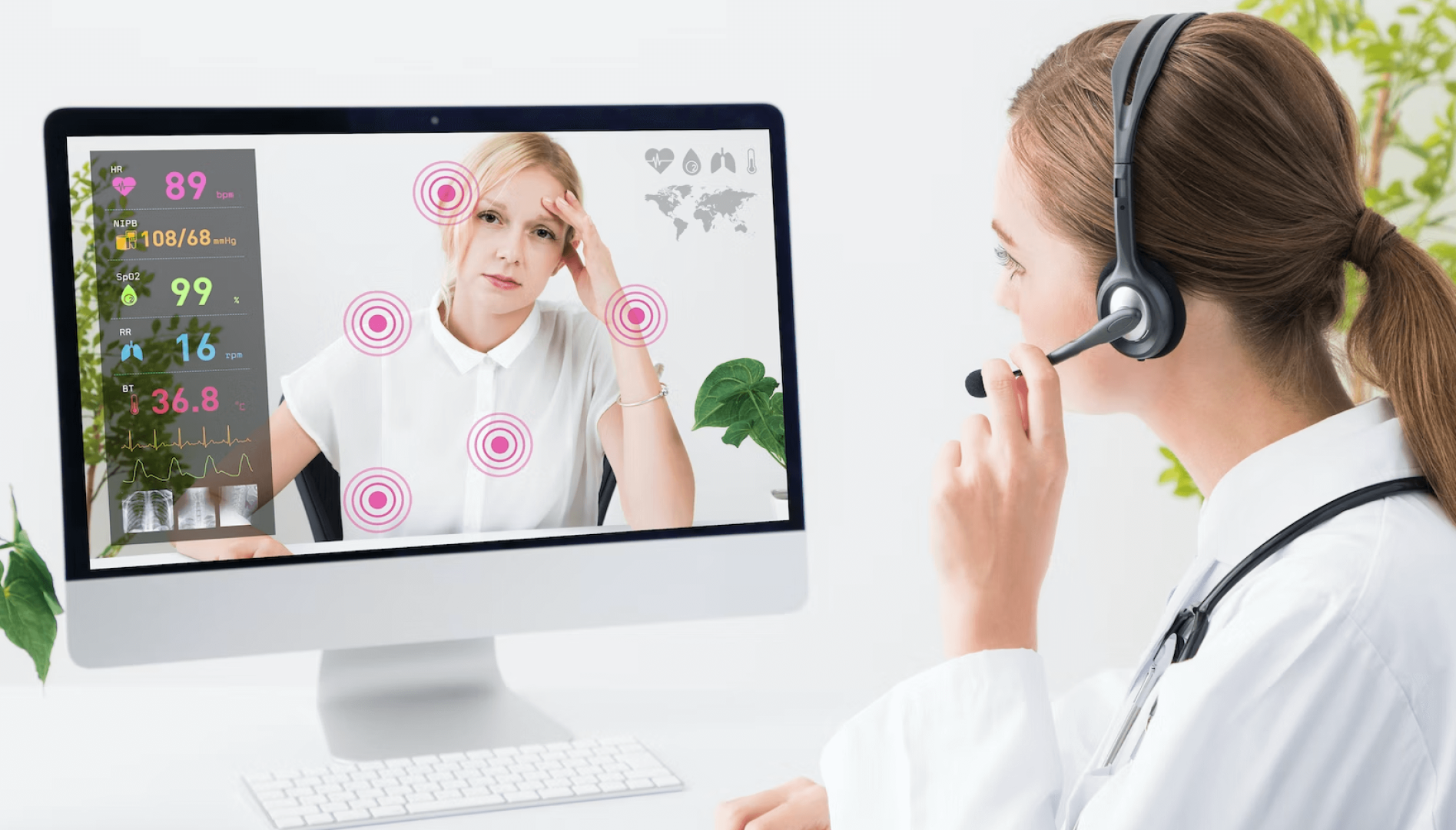Comments
- No comments found

The COVID-19 pandemic brought a surge of telemedicine, especially when public and private health insurers became willing to reimburse for it.
Now, with the fading of the pandemic and its effect on day-to-day life, many health care providers seem poised to go back to the old ways. But even if telemedicine was overused during the pandemic, it was almost certainly underused before. Here are some insights from a source I was not expecting: a group of doctors, medical students, and telemedicine professionals involved in the Ukrainian relief efforts. Jarone Lee, Wasan Kumar, Marianna Petrea-Imenokhoeva, Hicham Naim & Shuhan He offer some insights in “Telemedicine in Ukraine Is Showing That High-Tech Isn’t Always Better” (Stanford Social Innovation Review, March 2, 2023)
The authors describe their work with a Ukrainian-built telemedicine platform called Doctor Online, and in finding hundreds of Ukrainian- and Russian-speaking health care providers to volunteer to participate. Surveys of health care providers in Ukraine report widespread use of the platform.
Doesn’t seem all that applicable to the United States? The authors write:
Across the United States, 80 percent of rural areas qualify as federally designated “medical deserts.” This means that approximately 30 million people live at least an hour away from the nearest hospital with trauma services. Furthermore, many people suffer from chronic illnesses or social barriers that prevent them from accessing health care through physician offices and hospitals. Telemedicine could be an effective solution to reducing their suffering. For instance, telemedicine could allow someone with anxiety to receive mental health therapy from the comfort of their home, while a patient who noticed a suspicious lump on their skin could have a virtual consultation to help determine how serious it is.
The authors emphasize that many of their telemedicine contacts in Ukraine happened via text-message.
Texting has the obvious advantage of needing less connectivity, especially in a war zone. It has also become a generationally ingrained practice worldwide, while many people can struggle with video calls. But texting also allows a more productive use of the scarce resource: the time of clinicians. They can respond asynchronously, when it is most convenient, as can patients. With texting, telemedicine can handle a great many more patients than if it relied on synchronous technology. American providers are beginning to catch on. CirrusMD is a “text-first” virtual primary care platform, where patients begin each visit by sending a text to a physician. They can send images or host video calls and receive referrals to specialists. Asynchronous messaging allows for greater back-and-forth between a busy clinician and the patient.
There is a tradition in the provision of health care–a tradition that has some rational basis–that health care providers should meet with patients and do a reasonably full examination before treatment. But there are surely times when a full in-person visit seems like overkill. The authors cite one study involving children who had had appendectomies. Some of the families had access to text messages for questions; some did not. Those with text messages ended up at emergency rooms less than half as often. One suspects there are many other examples.
Timothy Taylor is an American economist. He is managing editor of the Journal of Economic Perspectives, a quarterly academic journal produced at Macalester College and published by the American Economic Association. Taylor received his Bachelor of Arts degree from Haverford College and a master's degree in economics from Stanford University. At Stanford, he was winner of the award for excellent teaching in a large class (more than 30 students) given by the Associated Students of Stanford University. At Minnesota, he was named a Distinguished Lecturer by the Department of Economics and voted Teacher of the Year by the master's degree students at the Hubert H. Humphrey Institute of Public Affairs. Taylor has been a guest speaker for groups of teachers of high school economics, visiting diplomats from eastern Europe, talk-radio shows, and community groups. From 1989 to 1997, Professor Taylor wrote an economics opinion column for the San Jose Mercury-News. He has published multiple lectures on economics through The Teaching Company. With Rudolph Penner and Isabel Sawhill, he is co-author of Updating America's Social Contract (2000), whose first chapter provided an early radical centrist perspective, "An Agenda for the Radical Middle". Taylor is also the author of The Instant Economist: Everything You Need to Know About How the Economy Works, published by the Penguin Group in 2012. The fourth edition of Taylor's Principles of Economics textbook was published by Textbook Media in 2017.
Leave your comments
Post comment as a guest